Ready For Takeoff
The Apollo 13 mission was intended to be NASA’s third lunar landing, but it was doomed from the get-go. In actuality, James Lovell, Jack Swigert, and Fred Haise weren’t even part of the original crew when they decided to go. Ken Mattingly had to give way to Jack Swigert as the command module pilot just two days before launch because it was revealed that some of the training Apollo astronauts had contracted measles due to an outbreak at one of their children’s schools.

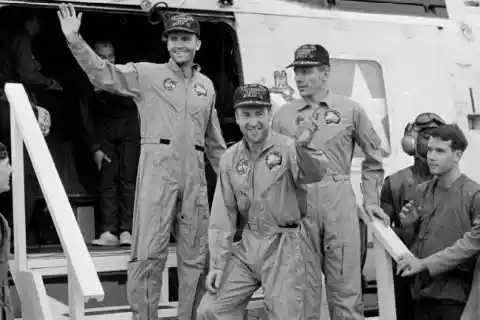
Nevertheless, everything appeared to be in order upon takeoff, which is typically the riskiest part of such missions. Everything proceeded according to plan until hour 56 when the astronauts were startled by a loud noise and the electrical system abruptly went haywire. To their astonishment, they soon discovered that an oxygen tank on board had exploded. The liquid oxygen tank had been dropped on the factory floor during the spaceship’s construction, causing damage to the delicate inner piping. Though it functioned in the equipment test days before launch, they had unwittingly converted it “into a bomb waiting to go off” by replenishing the broken tank with liquid oxygen.
No Escaping
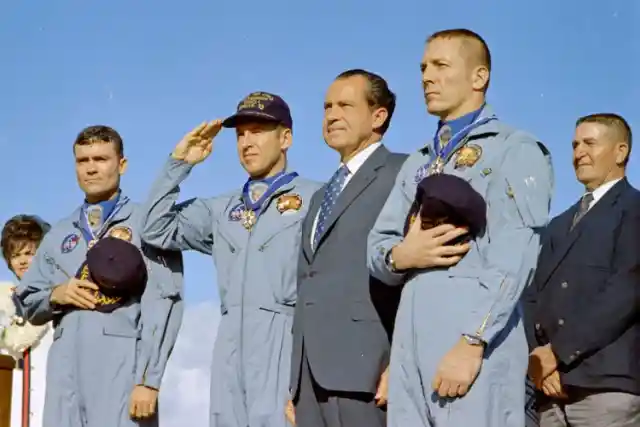
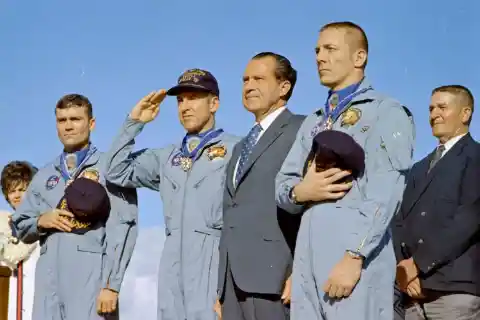
The explosion resulted in the neighboring gas oxygen tank rupturing, leaving the astronauts in an extremely precarious situation and causing a sizable hole in the side of the spaceship. Before receiving the now-famous radio call from Swigert that said, “Houston, we’ve had a problem,” NASA’s Space Center in Houston, Texas initially believed it to be an instrument fault.
Their only option was to slingshot more than 1,000 miles around the moon to return to Earth because it was obvious they would not be able to reach the moon in a damaged shuttle. When their oxygen ran out and their electricity failed, they had less than 15 minutes to transmit their whole guidance system along with new angle numbers from the command module. They had to utilize the lunar module as a lifeboat since they were running out of oxygen. If not, they would be cut off in the frigid depths of space with no escape route.
Every department in Houston sprang into action, brainstorming potential solutions for the distressed astronauts. Mathematicians came up with five alternative trajectory choices for slingshotting the damaged modules in a matter of minutes, and mission control quickly ran through each scenario on their simulators (even Ken Mattingly helped out, perhaps relieved that he wasn’t actually on the mission). However, because the extremely small lunar module was only intended to house two astronauts for a brief period of time, the accumulation of carbon dioxide posed a serious threat to their survival, and the lithium hydroxide canisters inside the lunar module—which purified the air—were simply not up to the task.
A Breath Of Fresh Air
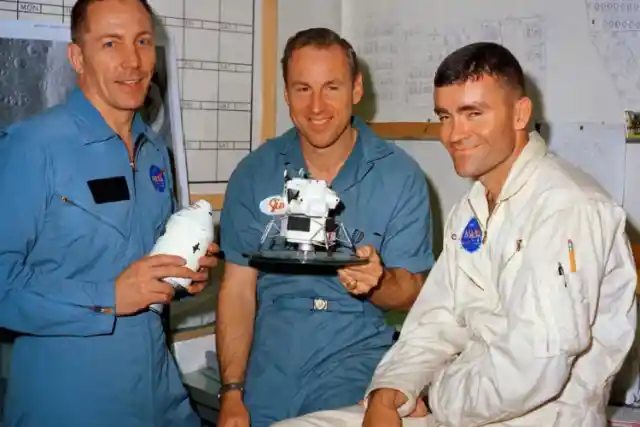
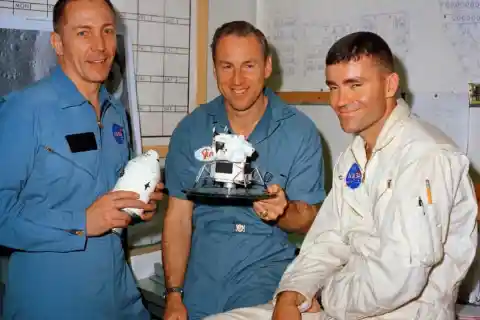
The good news was that there were still canisters available on the command module, but oddly enough, they were square-shaped rather than the round canisters that had been provided for the lunar. They would need to learn how to fit a square peg into a round hole if the astronauts were to live. Mission Control came up with a solution using only the supplies the crew had on board, including plastic manual covers, duct tape, cardboard, and pieces of the space suits themselves. They then walked the trapped men through the makeshift structure, which allowed them to breathe clean air.
A Safe Return
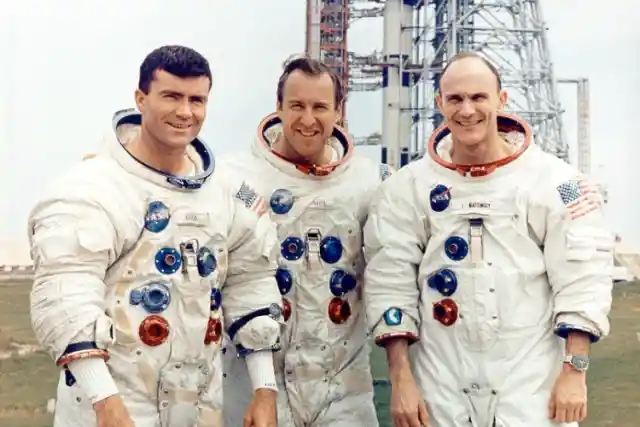
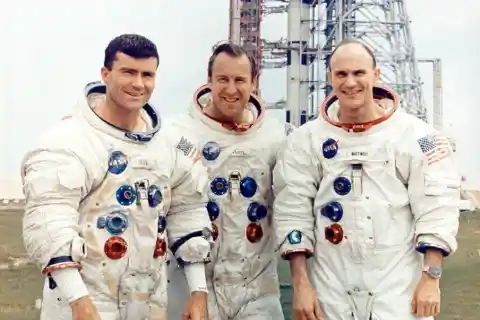
However, because the electricity was turned off to conserve power for reentry, the module had no temperature regulation, keeping it near freezing and forcing the astronauts to regularly wipe down the moisture collecting inside the spacecraft to prevent their equipment from being destroyed. They had to limit their water, and during the return journey, they became so dehydrated that Haise got a terrible kidney infection. Thankfully, on April 17, 1970, the crew did return to Earth largely unscathed.
Despite the fact that it was not the discovery they were hoping for, NASA was able to learn a lot, make numerous design improvements to the shuttle for upcoming missions, and implement improved inspection practices. After the public lost interest in the Apollo missions in 1972, none of the three astronauts from Apollo 13 ever returned to space.